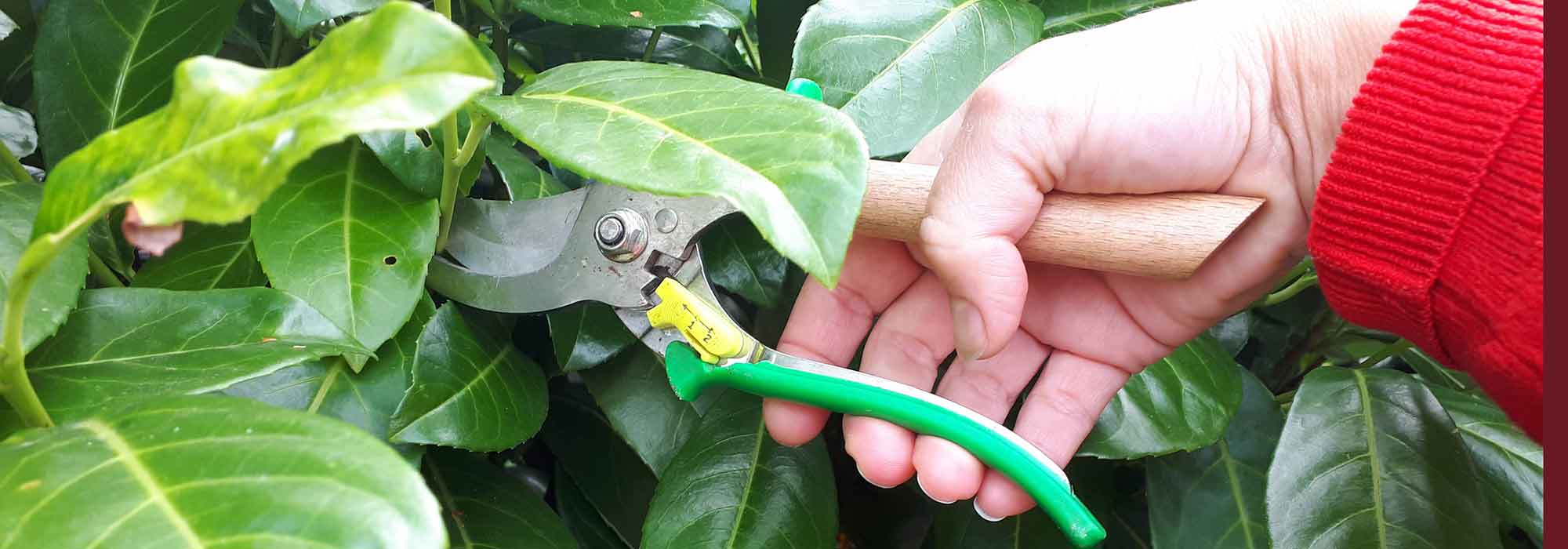
Pruning fruit trees, shrubs, and roses: 10 mistakes to avoid
The keys to success to prune without making mistakes
Contents
Pruning is one of the key actions to encourage the harvests of fruit trees and bush fruits, stimulate the flowering of many plants, and maintain a harmonious shape while controlling growth. Finally, pruning can help keep plants healthy, with the key being to do it at the right time, use the correct techniques, and be well-equipped. Let’s recap the 10 mistakes to avoid!
Prune roses at any time of the year
Depending on the type of roses, pruning sessions will take place at different times of the year. Here’s a memo of pruning periods based on the types of roses:
- the repeat flowering roses (climbers, bushes, groundcovers…) whose flowering extends from May/June until the first autumn frosts, have flowers that form on the shoots of the year, so plan for a pruning every year from the end of winter – from mid-February to early spring – just before the resumption of growth;
- the non-repeat flowering roses, which bloom only once at the end of spring (from May to July), require pruning just after flowering, from June to early August;
- the stem roses that repeat flower and primarily bloom from May to October should be pruned in March once the heavy frosts have passed.
To have beautiful roses that maintain perfect shapes and ensure generous flowering, make sure to prune at the right time!
For all roses, removing faded flowers over the weeks is very helpful to stimulate the development of new shoots and thus have more flowers.
To learn more: discover all our tips on pruning roses.
Read also
How to prune early flowering bushesPruning fruit trees at any time
Fruit trees are pruned either:
- At the end of winter (from February to March) for pip fruit trees (apples, pears, and quince) or at the end of autumn (from October to November) for stone fruit trees (cherries, plums, peaches, and apricots). In any case, prune outside of frost periods, during the dormant phase of fruit trees or during sap descent for stone fruit trees. This is referred to as maintenance and formative pruning, which involves cutting dead or diseased wood or aerating the silhouette;
- In summer (from June to September), this is known as green pruning, which involves thinning the trees to stimulate fruit production and size.
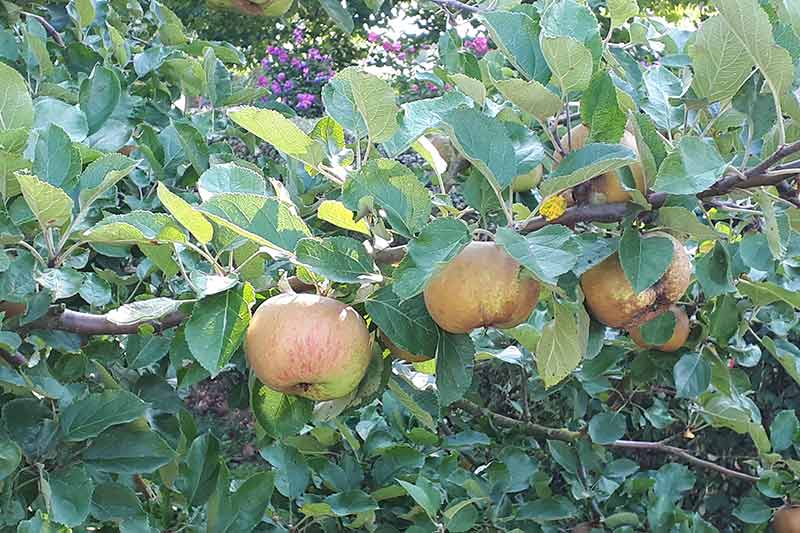 Pruning an apple tree at the right time will boost the harvest of beautiful fruits – S. Chaillot
Pruning an apple tree at the right time will boost the harvest of beautiful fruits – S. Chaillot
Here are some valuable tips for pruning low-stem fruit trees, standard fruit trees, and young shoot fruit trees.
Pruning flowering shrubs at the wrong time
There are bushes that flower in spring, summer, autumn, and winter. A gardener must be attentive to the flowering periods to carry out pruning. Not all are pruned at the same time. Here are some guidelines to know in order to respect the pruning of flowering bushes according to their flowering:
- The bushes that flower in spring should be pruned as soon as the flowers have faded, allowing new shoots to form before winter, as the flowers are borne on last year’s growth. For more information, see our advice sheet: Pruning Spring-Flowering Bushes;
- The bushes that bloom in summer and in autumn should be pruned in autumn (for summer bloomers) or preferably from late February to March, as the flower buds develop on shoots that were formed a few months earlier. In the south, milder winters may allow for pruning these bushes in autumn, after the last blooms. For further reading, check our advice sheet: Pruning Summer-Flowering Bushes;
- The bushes that are covered in flowers in winter should be pruned in March-April, when the last flowers have faded. Flowering occurs on shoots formed the following year.
Indeed, pruning at the wrong time of year can harm flowering!
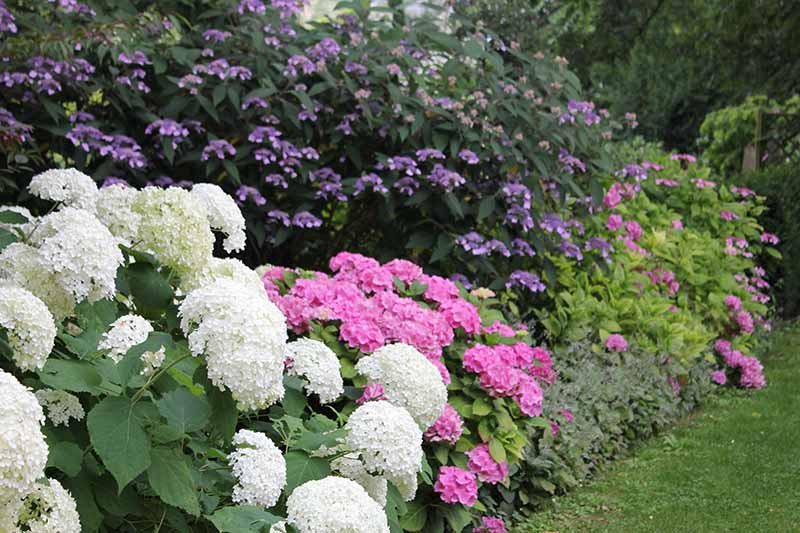 Achieve exuberant blooms with well-timed pruning of flowering bushes – S. Chaillot
Achieve exuberant blooms with well-timed pruning of flowering bushes – S. Chaillot
Finally, discover some additional tips in our article “Prune shrubs without stress“.
Leave a large naked wound after pruning
When you are pruning twigs and other branches of bushes or trees, the job is done. However, if you are pruning large diameter branches, it is best not to leave the wound naked, as it is a true gateway for diseases. We recommend applying a healing paste or clay.
Prune straight cut
We advise you to always cut the branches of bushes, roses, or fruit trees at an angle, that is to say at 45° to the branch. This sloped cut prevents water from pooling on the cut surface, which can open the door to the establishment of mould or diseases.
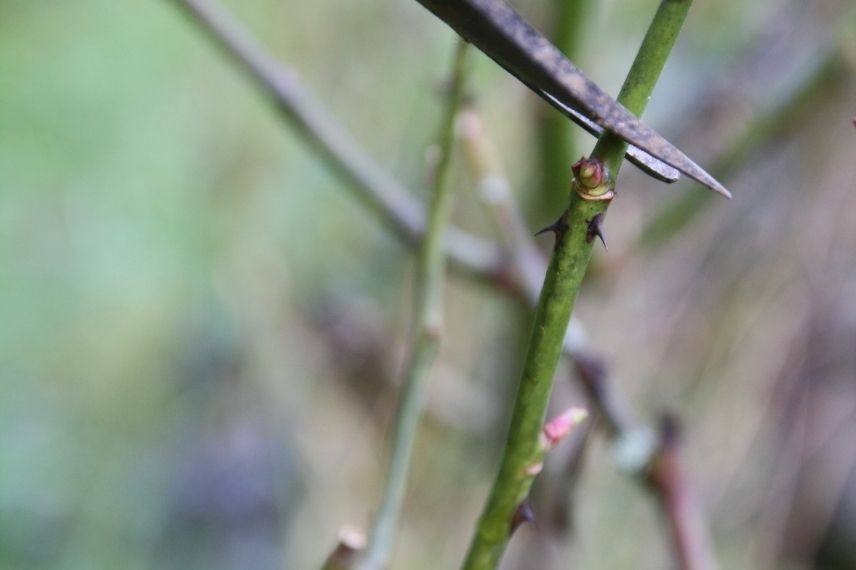
Angled cut
Do not prune in the wrong place
Before you start pruning, you will need to identify the organs present on the branches. You should prune above a bud, a leaf, an eye, and other remaining parts. For fruit trees, you must recognise the twigs, spurs, shoots, suckers, eyes, or flower buds to avoid cutting the branches at random and risking a lack of fruit. Once the organs are identified, check whether your fruit tree needs to be pruned or not, as stone fruit trees like the cherry tree and the peach tree require little pruning and very infrequently, about every 3 to 4 years only.
Not using suitable equipment
If you don’t have the right equipment, you risk damaging the plants and tiring yourself out. Before you start pruning, you need to have the right tool suited to your needs:
- Pruning shears with crossing blades, either classic or anvil type, allows you to cut branches with a diameter of 2 to 3 cm, as well as stems and foliage;
- the hedge trimmer helps restore a perfect shape to mixed or varied hedges;
- the hedge shear is used to shape topiaries or outline the silhouettes of hedges;
- the lopper, pole pruner, and branch cutter will prune branches with a diameter of 3 to 5 cm;
- the hand saw or Japanese saw and the chainsaw will allow you to prune larger subjects.
For the pruning shear, you should always position the cutting blade towards the branch being retained to avoid damaging and tearing the remaining part. It is important to mention this, as it is a very common mistake.
Discover our article on the main cutting tools.
Neglecting your equipment
To prolong the life of your equipment and to grow healthy plants, it is best to thoroughly clean your pruning tools. Before and after each pruning session, clean the blades with a cotton cloth soaked in 90°C alcohol. This action prevents the spread of diseases. Next, be sure to regularly sharpen the blades to achieve a clean and perfect cut. Do this with a sharpening stone or a sharpener. A well-sharpened pruning tool will avoid injuring the plants (an injury being an open door to diseases).
To learn more, read our article: Clean, maintain, and protect your gardening tools.
Systematically prune an evergreen shrub in autumn
This concerns evergreen conifers such as thujas, yews, but also laurel, holly, photinia, etc. Just before the frosts, pruning in autumn weakens evergreen bushes. Prune them preferably at the end of winter and in early summer if you are in a cold climate where frosts return early in autumn. However, in climates where it rarely freezes or freezes late in autumn, you can safely give them a shear for a beautiful silhouette in winter.
Prune too severely
Severe pruning weakens a bush! Indeed, a wound may struggle to heal, making the bush susceptible to diseases. Depending on the species, drastic pruning can also encourage the production of suckers or the flow of gum through the cutting wounds, which can exhaust the plant.
Of course, you can cut back a bush to rejuvenate it, but not all bushes can tolerate this type of pruning. For further reading, consult our advice sheet: How to cut back a shrub?
- Subscribe!
- Contents
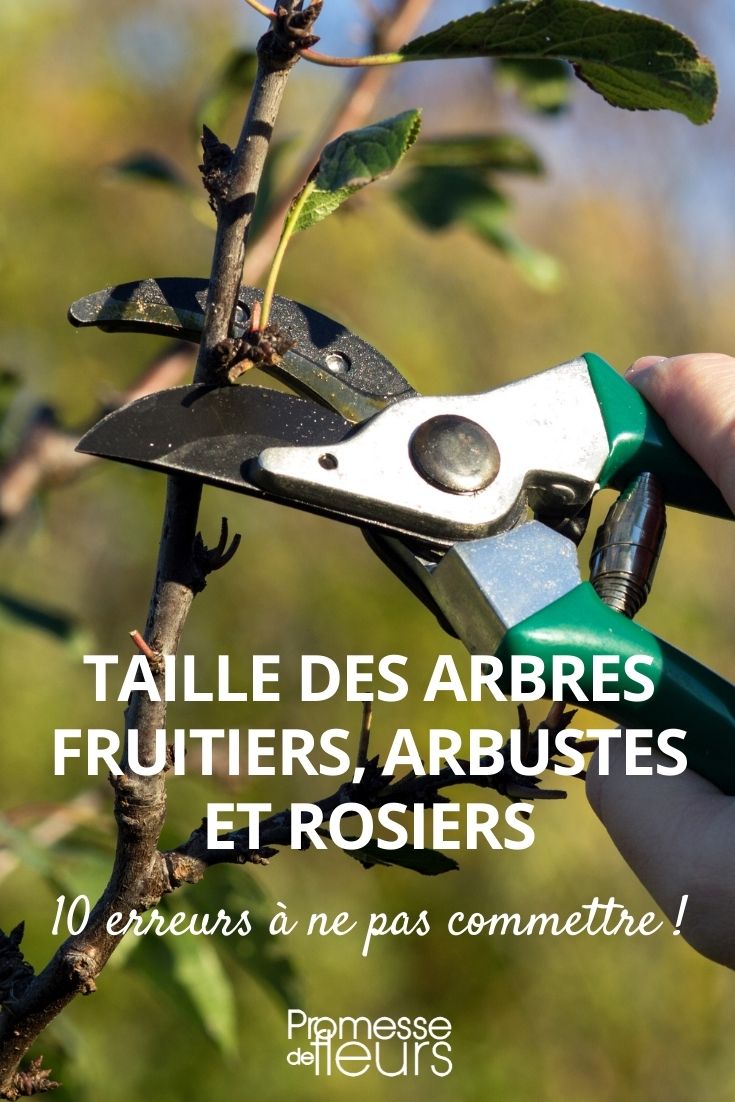































Comments